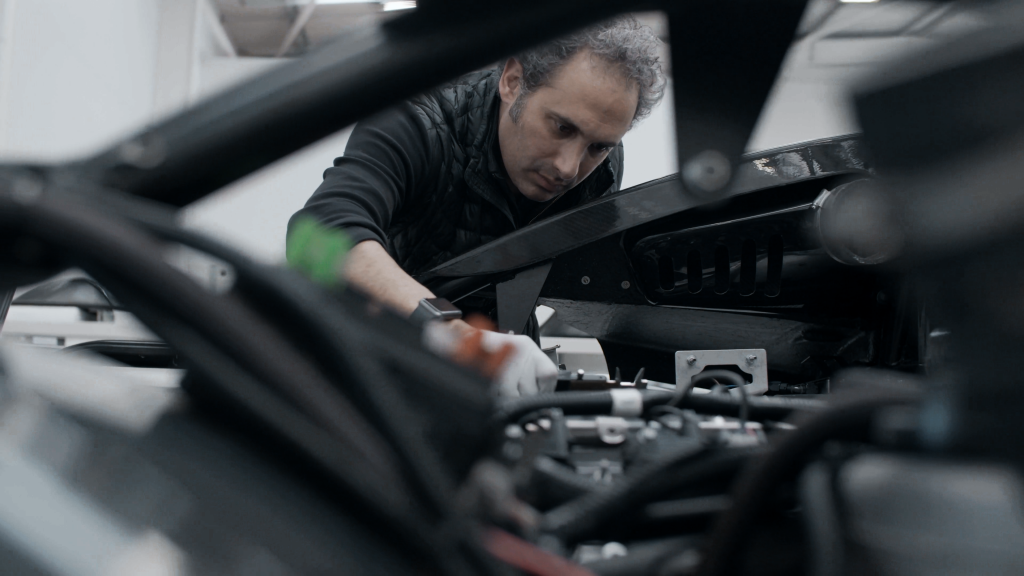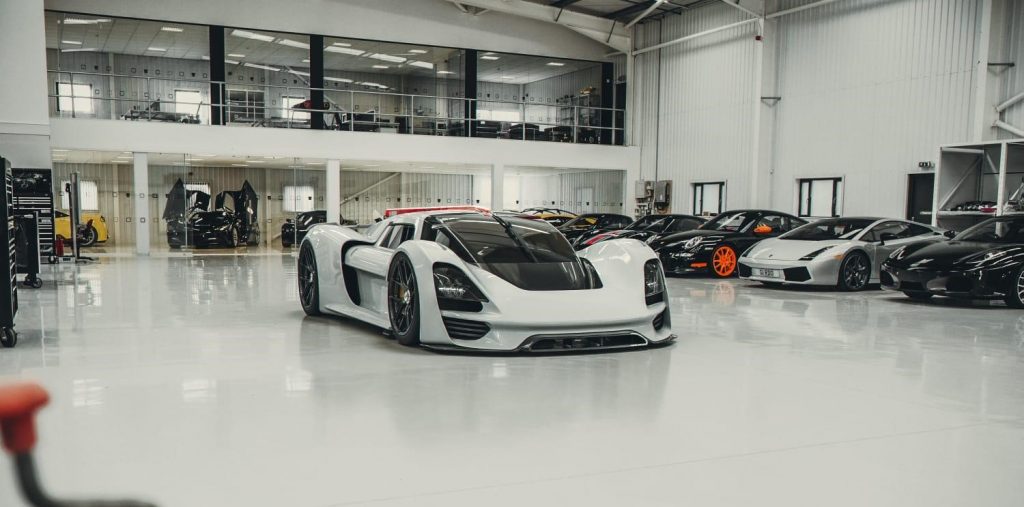Arash Motor Company, a UK-based manufacturer of bespoke hypercars, has announced the use of Stratasys subsidiary MakerBot’s 3D printing technology to produce end-use components for its cars.
Founded over 20 years ago by Arash Farboud, who is now the Lead Designer, Arash Motor Company primarily manufactures high-performance vehicles in very low volumes. Despite sporting a modest team of employees, the firm already offers several of its own proprietary models, including the AF8 Cassini sports car and AF10 electric-petrol hybrid.
As a long-time advocate for additive manufacturing, Farboud’s production facility currently houses the MakerBot Replicator 2, Replicator Z18, and METHOD X 3D printers. The company recently embarked on its latest project, a new electric hypercar, and is using all three 3D printers in the prototyping and production stages. The car reportedly features a carbon motor cartridge, multiple electric motors, a high-capacity battery pack, and an aerodynamic design.
Farboud explains, “We are still using every 3D printer that we own because they still work really well. They have an ability to make parts dependent on size and their usage. In fact, the METHOD X and Z18 are currently being used nonstop at our facility. This allows us to not only produce parts as needed, but we can experiment with different filaments. It’s a 24/7 operation for 3D printing.”

A route to cost and time savings
Before investing in MakerBot, the Arash team would prototype all of their parts in aluminum, going through the extremely time-consuming process of bending, welding, and shaping the components one at a time. When it came time for end-use production, the company would also employ third-party manufacturers that used conventional manufacturing techniques, again resulting in high costs and long lead times.
Now, Arash just sends its CAD files to one of its MakerBot 3D printers, drastically cutting costs and slashing manufacturing times. In fact, one of the company’s most recent projects went from design finalization to full-scale production in just 12 months, a process which usually takes several years.
“The MakerBot 3D printer series reduces the time from a file on the computer screen to prototyping and checking for touch and feel. That’s a big thing. Sometimes you miss a hole or a fixture, but you can catch that on a CAD model. Then after it’s printed, you can physically check it,” Farboud adds.

3D printing and electric hypercars
The latest project started out with a full-scale, non-functional model 3D printed on the Replicator 2. Then, the team prototyped the complex internal chassis and aerodynamic structures of the electric hypercar using the Replicator Z18. This included a new suspension and wing design, along with a set of hub and center lock fitments.
Finally, Arash turned to the MakerBot METHOD X to 3D print the final production parts to be used on the car itself, using filaments such as nylon carbon fiber and ABS. Specifically, nylon 12 carbon fiber was used for a number of structural parts that would be put under load, including bracketry, fasting points, and fixing points. On the other hand, ABS was used to 3D print non-critical interior surfaces due to its ease-of-use.
Farboud concludes, “We’re trying to get at least 95% of the car in a composite material, and we’re also trying to reduce the complexity of manufacturing to 3D printing. We’re only focusing on the parts that really matter in composite manufacturing – chassis, body panels, some interior structures.”
The Arash team has expressed plans to continue using MakerBot 3D printing technology to produce end-use automotive parts in the future.

Additive manufacturing in the automotive sector is commonplace at this point, with the majority of major OEMs turning to the technology for one application or another. Earlier this month, car manufacturer Nissan started using 3D printing technology developed by BCN3D to bolster its automotive production lines in Spain. It was revealed that the company’s Barcelona factory now features IDEX FFF technology, with parts such as tools, jigs, fixtures, and functional prototypes being 3D printed.
Elsewhere, German car manufacturer Volkswagen recently announced plans to use binder jet 3D printing to manufacture components at its main plant in Wolfsburg, Germany. Interestingly, this is reportedly the first instance of a car maker adopting binder jetting in its production process at all.
Subscribe to the 3D Printing Industry newsletter for the latest news in additive manufacturing. You can also stay connected by following us on Twitter, liking us on Facebook, and tuning into the 3D Printing Industry YouTube Channel.
Looking for a career in additive manufacturing? Visit 3D Printing Jobs for a selection of roles in the industry.
Featured image shows Arash’s upcoming electric hypercar. Photo via Arash Motor Company.


